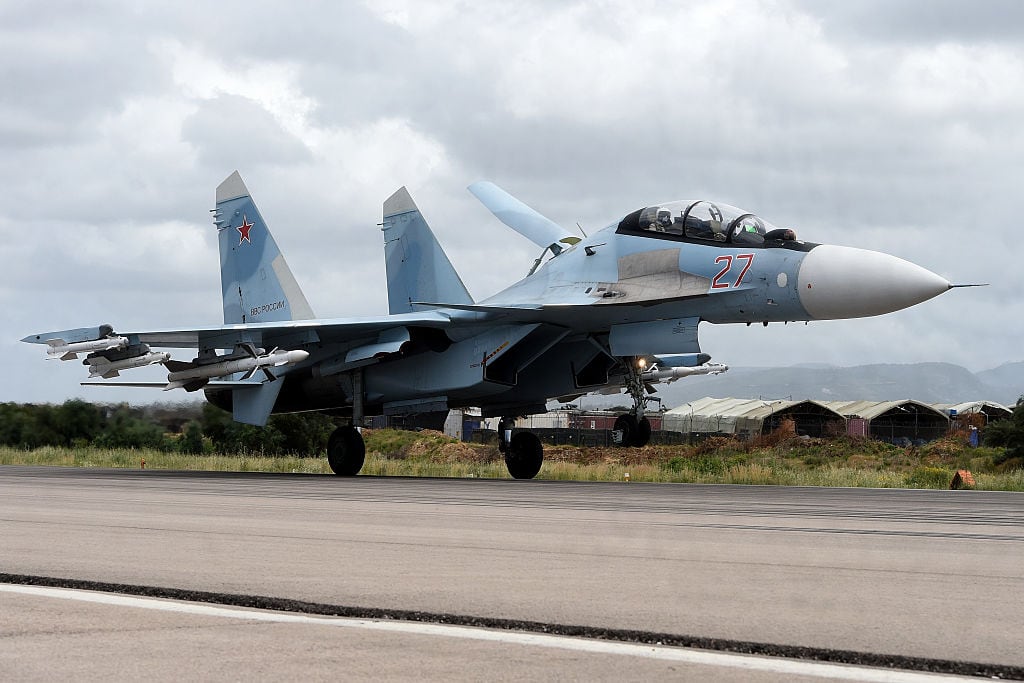COLOGNE, Germany — Saab on Friday celebrated its inclusion in a British-led push to build a sixth-generation warplane, with executives eyeing near-term improvements to the company’s Gripen E aircraft rather than the creation of a brand-new fighter in the more distant future.
Saab CEO Håkan Buskhe described the prospect of jointly developing Britain’s notional Tempest platform as only one of several possible outcomes of the tie-up inked by the two countries’ defense ministers July 18.
The lower-hanging fruit, he said, lies in Saab participating in cutting-edge research that could help boost the performance of its latest Gripen E fighter. The jet is “75 percent software,” he explained, which presents the possibility of new capabilities without major hardware changes.
“We need projects; we need new challenges,” Buskhe said at a news conference on the company’s most recent earnings. “It creates huge business opportunities for us,” he said of the new partnership agreement.
Word got out in recent weeks about Sweden’s impending participation in Tempest, the United Kingdom’s ambitious plan to field a sixth-generation warplane by around 2040. Today’s announcement of the partnering agreement by the defense ministries, however, is less about that program specifically and more about technology cooperation in general.
While the British Defence Ministry’s statement makes mention of a “joint combat air development and acquisition programme” as the objective, the Swedish government’s description of the bilateral memorandum of understanding, or MOU, is more noncommittal.
RELATED

“The MoU is the starting point for the countries to analyze the conditions for deeper cooperation on the development of future combat aircraft capabilities, including future development of the JAS 39 Gripen,” the Swedes said.
“The MoU does not entail long-term commitments between the countries, but is intended to enable future positions. Nor does it prevent the countries from engaging in similar studies and analyses with other partners.”
That last bit is noteworthy, as the Tempest is not the only attempt at a sixth-generation warplane in Europe. Germany and France have begun a similar effort, the so-called Future Combat Air System. Officials unveiled a concept mock-up of the plane at the Paris Air Show in June, as they formally accepted Spain as a member of the development team.
Buskhe argued Sweden makes for a great partner with Britain because the Scandinavians possess the industrial breadth to domestically produce combat aircraft. In addition, there is already some overlap with U.K. companies in making the Gripen E, he said.
However, he admitted that much about the U.K.-Swedish alliance must be sorted out. Officials plan to study through this and next year what is achievable under a possible joint work plan. A concrete path forward could then emerge in early 2021, Buskhe said.
At the same time, the Swedes want to get involved in whatever technology study the British — aided by the Americans, according to the Saab CEO — have ongoing for Tempest.
Sebastian Sprenger is associate editor for Europe at Defense News, reporting on the state of the defense market in the region, and on U.S.-Europe cooperation and multi-national investments in defense and global security. Previously he served as managing editor for Defense News. He is based in Cologne, Germany.







